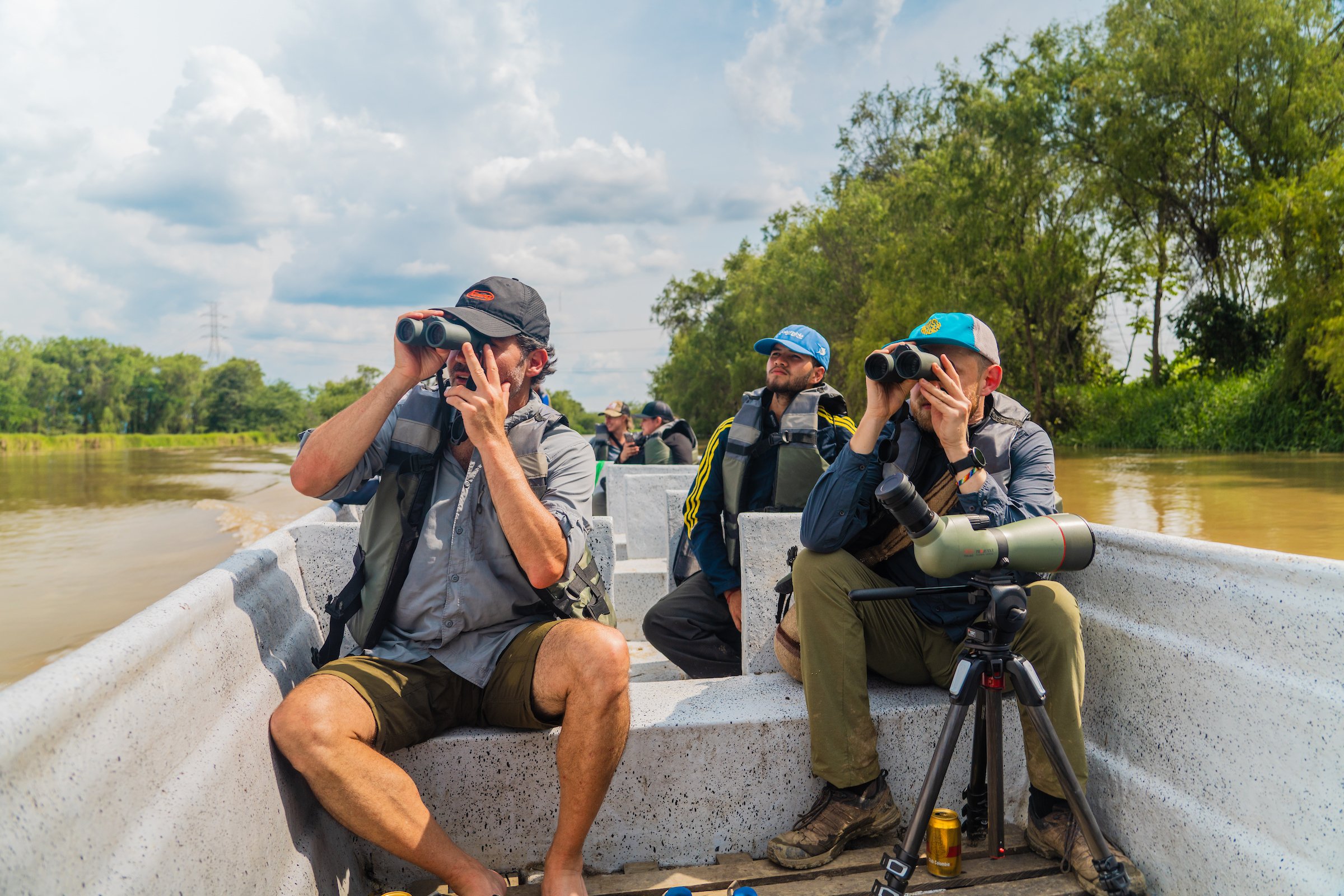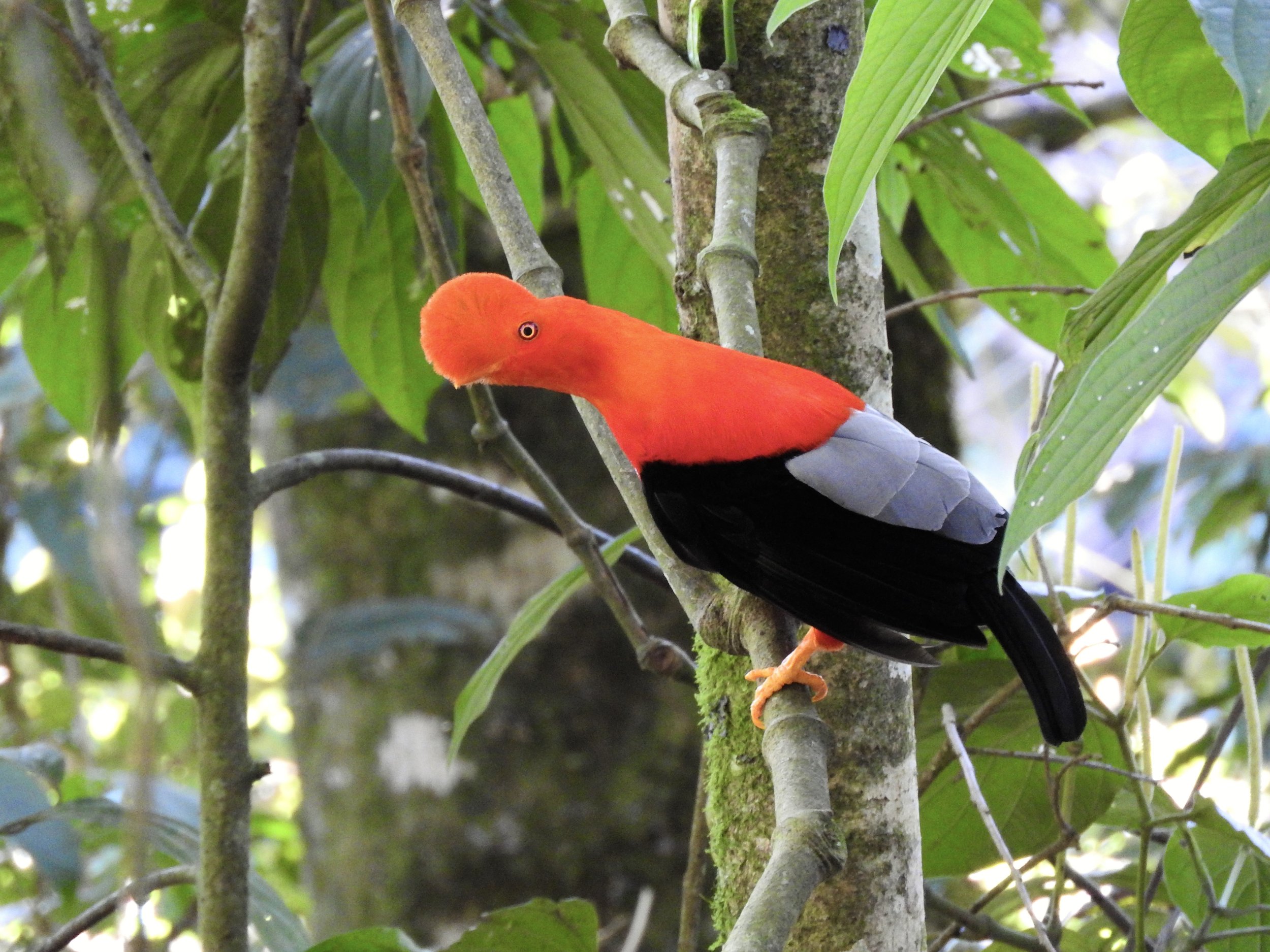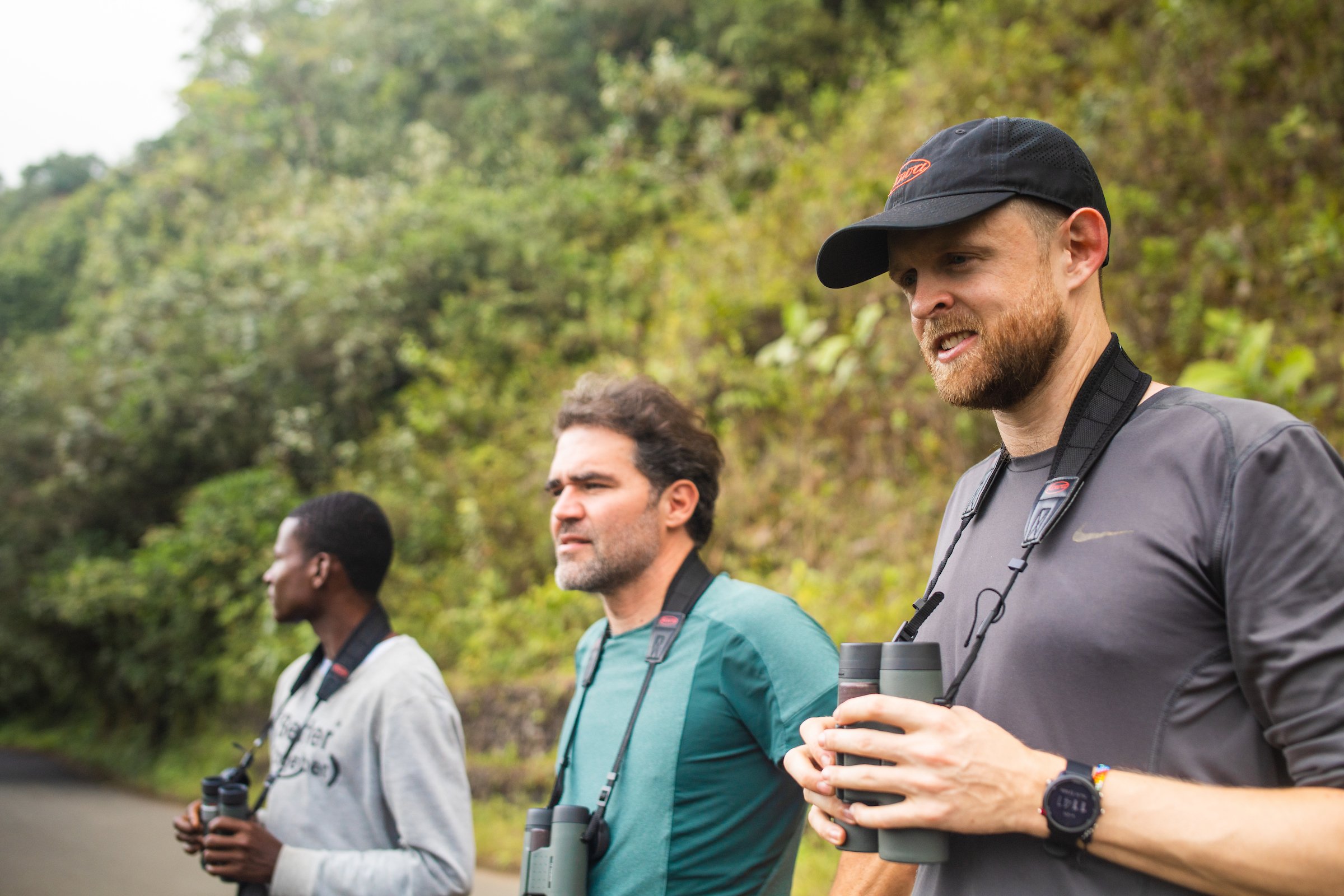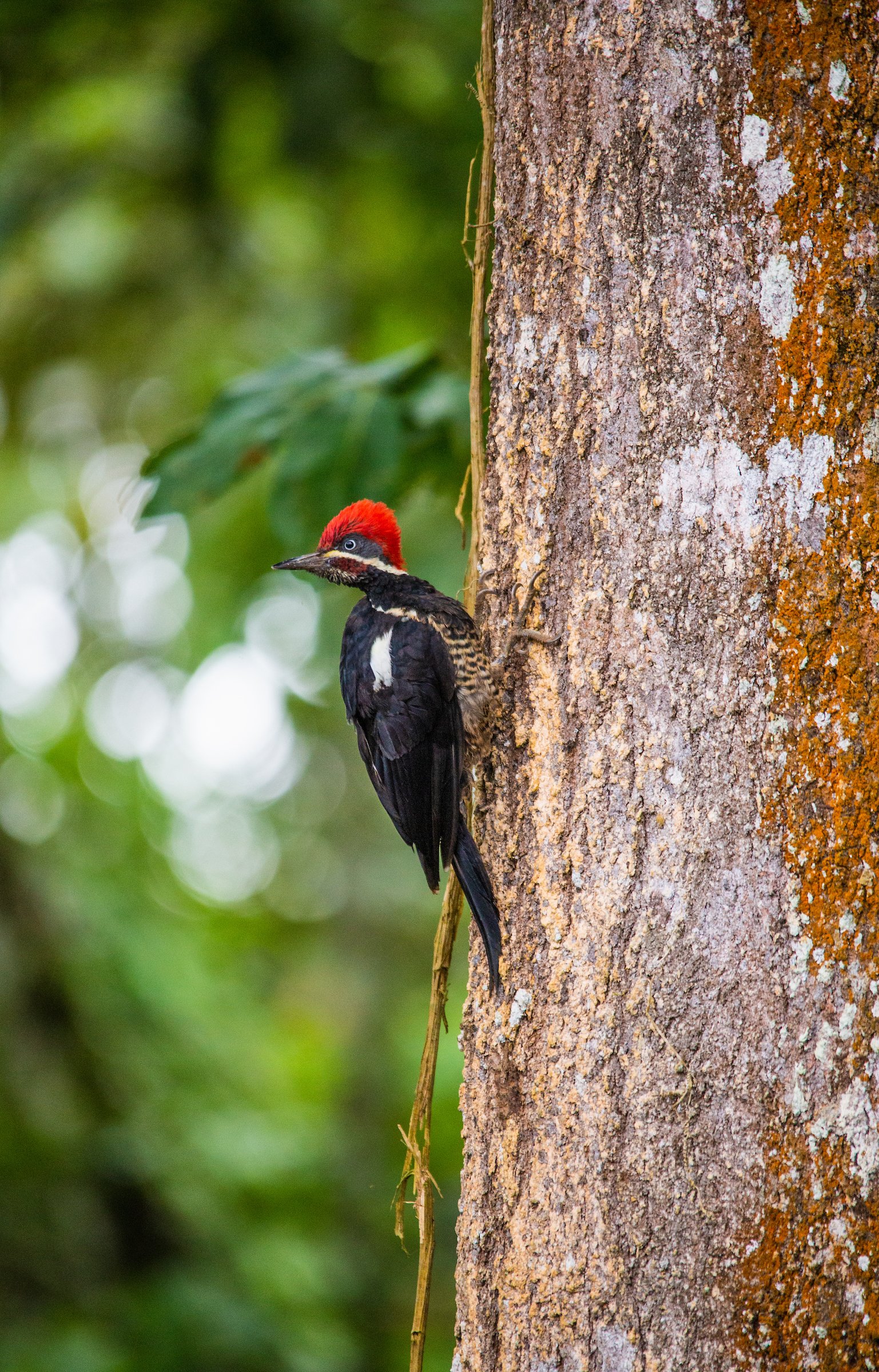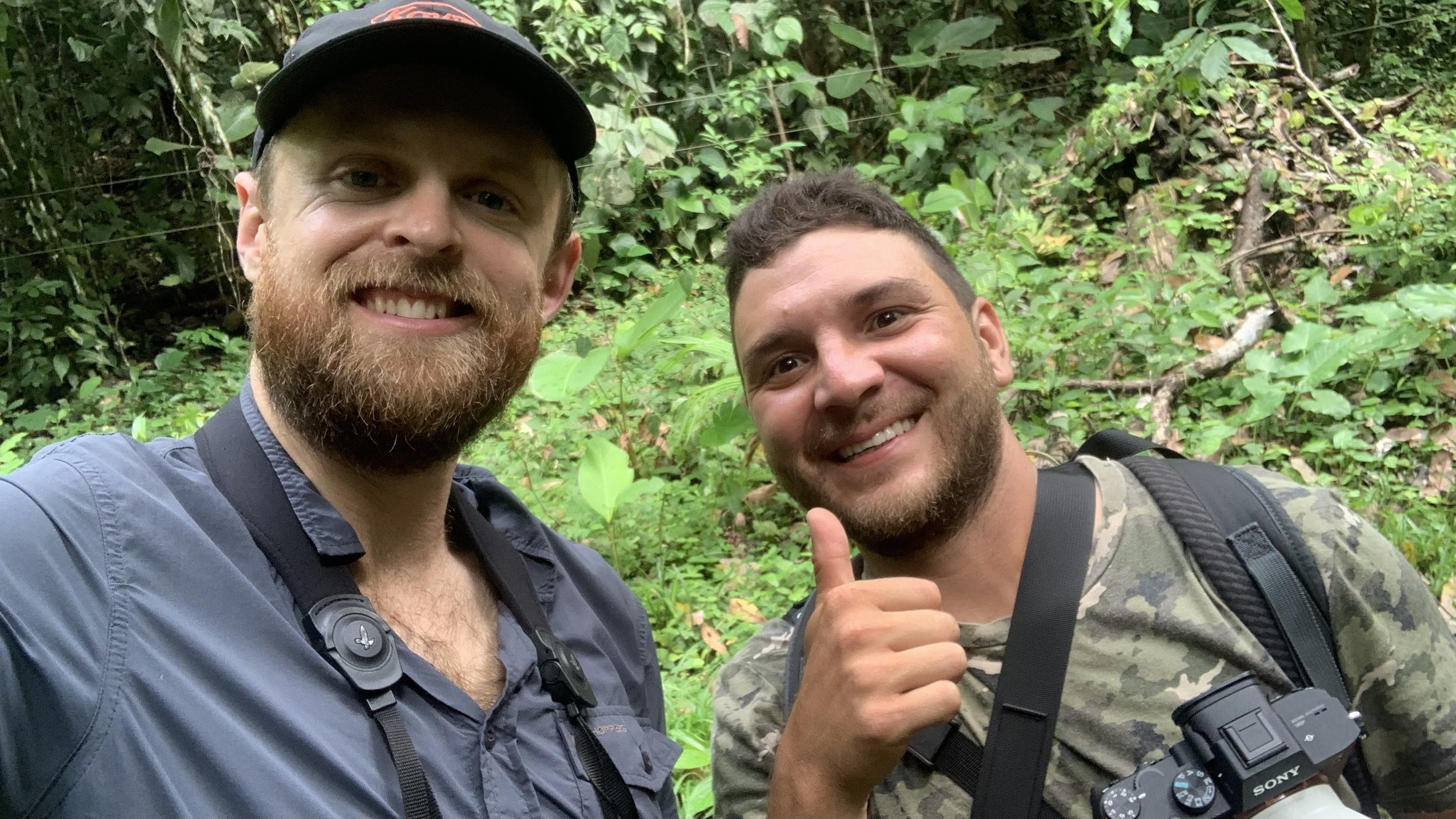How to Prepare for a Birding Trip to a New Location
Visiting a brand-new birding location can sometimes be overwhelming. In this blog, Chris goes over some simple tips on how to prepare for a birding trip to a new location.
One of the most important things about visiting a brand new birding spot is knowing and understanding what species you’re likely to encounter during your trip. Particularly if you're visiting a brand new country or continent - all of those new bird families can be overwhelming and confusing.
For example, let's say you're visiting Colombia for the first time on a birding trip. Birding in such a geographically diverse country with almost 2,000 bird species presents a unique set of birding problems, not least how to quickly identify the birds you're seeing and hearing around you. Luckily, there are several ways to prepare for a birding trip to a new location and make the entire experience just a little easier.
I'll be using the video above as a reference for this post. It was filmed for The Birders Show in Sasaima, Cundinamarca, Colombia (for a full video of that birding trip, see below).
Here are some simple tips on how to prepare for a birding trip to a new location:
Understand the Geography, Altitude, and Habitat
This is a huge factor in preparing to bird a new country or region. Colombia, for instance, is hugely geographically diverse and habitat-rich. And some bird species are only likely to be found in certain areas, habitats, or altitudinal zones. So by understanding ahead of time precisely what locations and habitats you'll be birding in, you can make the process of IDing the birds you see far easier.
Using the woodcreeper from the video above as an example: understanding the habitat and location where we observed the bird makes the identification far simpler since we can eliminate a large number of similar-looking species based on environmental factors. For example, Montane and Streak-headed Woodcreepers are superficially similar, but the former is typically found above 1,500m in montane forest. Conversely, Streak-headed Woodcreeper usually lives below 1,800m in forest borders, plantations, and open woodland. There may be around 300m of altitudinal crossover between the two species, but in that case, habitat can help to confirm the ID.
In our case, the woodcreeper was observed at around 1,200m. When combined with the close-up views we had and the habitat where the bird was seen, it's far easier to narrow the options down and positively ID the bird as Streak-headed Woodcreeper.
The Montane Woodcreeper and Streak-headed Woodcreeper are superficially similar, but careful attention and an understanding of habitat should help separate them easily enough in the field
Learn the common species
It's all very well spending hours studying up on all the rare species you hope to see on a birding trip to a new location, but, as always, common birds are underrated. So why spend time learning the common birds? Well, those are the ones you'll be seeing the majority of the time, so learning to ID them quickly and efficiently makes identifying the rarer stuff much more manageable. In addition, by understanding the key ID features and calls of regularly occurring species, you're more likely to notice something unusual or different when it appears.
For example, in Colombia, the Roadside Hawk is the most commonly seen raptor. If you learn how to quickly ID a Roadside Hawk, not only will you see plenty of them, but you'll also be much more aware of different raptors when you spot them.
How do you think dedicated birders in the UK, for example, pick out and ID vagrant Asian warblers that they've never seen in the flesh before? One reason is that they know the common birds so well that anything even slightly different instantly stands out. The same principle applies to preparing for a trip to a new destination: never underestimate the value of common birds!
Make use of eBird
eBird is an invaluable tool in preparing for a birding trip to a new location. It allows you to narrow your target bird species down to a regional list or even a hotspot list so that you can see the frequency of species occurring in your planned birding area. So if you're struggling to narrow down a tricky bird you saw, then eBird can help you by showing which species in that family occur most regularly. Also, if you're unsure between two species and one of them is flagged on eBird as extremely rare or unreported in your area, then that can help you with the ID.
It's important to note that eBird isn't an exact science in this sense: just because a bird is unreported in an area doesn't mean that it's impossible to spot it there. So always be judicious in noting features, habits, and songs. Who knows, you might have just discovered a range extension or found a scarce vagrant. However, those eBird features certainly help first-time birders in new destinations.
eBird also has a useful feature that shows you the how regular a species is in the area you’re birding: you can select a hotspot or region and the tool tells you the percentage of lists that birds were reported on. This can really help you to get a sense of the commonest species in the area where you’re birding and what you can expect to see.
There’s no confusing a Sword-billed Hummingbird, but plenty of Colombian hummingbird species look extremely similar and need careful attention to habitat and location to separate them.
Study your Field Guide
"Field Guide" can sometimes be a misnomer in my view: the name suggests a book exclusively for use in the field. Although that's the primary use, a world-class field guide can sometimes be practically useless if the first time you ever crack the spine is once you've already started birding!
In Colombia, it's almost imperative to familiarise yourself with your field guide ahead of time. Knowing the basic layout, understanding the different bird families, and getting to grips with how your guide explains habitat and behavior will make using it in the field much more straightforward.
This tip combines well with the first one: field guides usually use country maps to show the bird's expected range. By getting to grips with the country's geography, you can use your field guide more effectively to ID species. Figure out in advance where you will be birding, and work out where those places are on the field guide map. Field guides to mountainous countries will also usually include the altitudinal range of the species, so it's always worth knowing what altitude you're at for easy reference in the book. All this will help a lot once you're in the field.
Don't Sweat It!
This is the most important advice here: the primary goal of birding in a new location is to explore, have fun, and enjoy yourself. So if you can't identify every bird like you can at home, just enjoy the challenge and, most importantly, don't sweat it! Birding is meant to be fun, after all!



